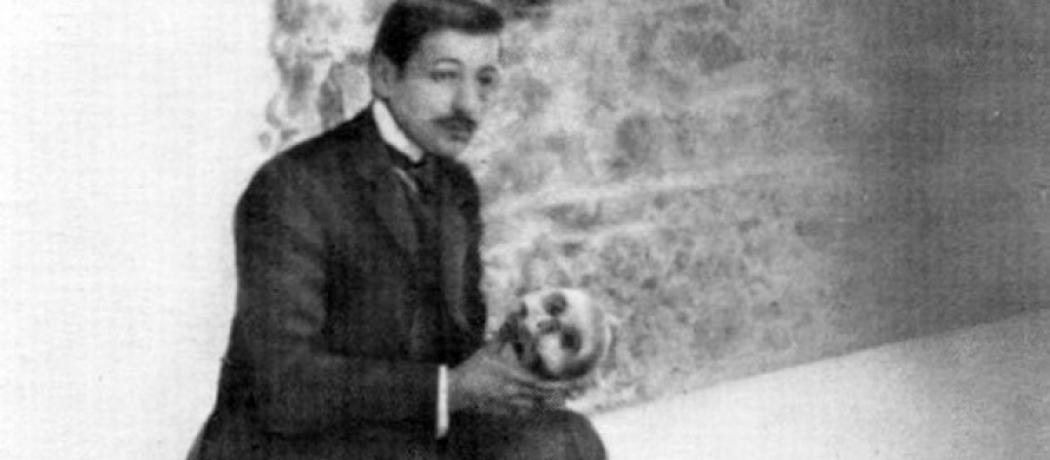In 1960, in the context of the then fashionable yearly checkup, I referred a 45-year-old woman patient to BC Cancer’s cervical cancer screening program. Dr David Boyes, former head of BC Cancer, and Dr H.K. Fidler had developed the first organized Pap smear program in the world. My patient’s report came back indicating the presence of cancer cells. Given that at the time of the vaginal examination I thought things were fine, I was shocked. My patient went on to have a hysterectomy and lived well for the next 40 years.
In 1928, Dr Georgios Papanikolaou told a physician audience that in 1843 Walter Hayle Walshe of the University College Hospital in London reported seeing malignant cells under the microscope in the sputum of some patients with diseases of the lung. He then described his own non-invasive technique of gathering cellular debris from the cervix and the vaginal tract, and being able to identify cancerous cells under the microscope. His report was met with skepticism. Undaunted, working with his wife as a technician, they recruited a group of friends to participate in their study. Dr Papanikolaou detected malignant cells in one participant’s sample, diagnosing her with cervical cancer. It was only in 1941 that he published his paper on the diagnostic value of vaginal smears in carcinoma of the cervix and the uterus. In 1943 he published Diagnosis of Uterine Cancer by the Vaginal Smear with Herbert F. Traut, based on a study of 3000 cases and discussing the preparation of vaginal and cervical smears and the physiological changes in the cells during the menstrual cycle and other physiological and pathological conditions. The Pap smear was born, along with the specialty of cytopathology.
In Vancouver, Dr Boyes’ pioneering efforts led to cervical screening for every woman in BC over 20 years of age, and an eventual decrease of over 70% in incidence and mortality of cervical cancer. In addition, Dr Boyes with Dr Michael Turko developed a cervical cone biopsy technique to investigate and remove the abnormal cells detected through the Pap smear method.
Dr Papanikolaou was born in Greece, and received his medical degree in 1904. In 1910 he obtained a PhD in oncology from the University of Munich. In 1913 he and his wife immigrated to the US and worked at the Cornell Medical College. In 1961 he moved to Miami to develop the Papanicolaou Cancer Research Institute, but died a year later, before the institute opened. Dr Papanikolaou was nominated twice for the Nobel Prize. In 1950 he received the Albert Lasker Award for Clinical Medical Research. On 13 May 2019, the 136th anniversary of his birth, he was featured in a Google Doodle, which is how I became reacquainted with his work.
—George Szasz, CM, MD
Postscript: A local group of gynecologists and oncologists formed the illustrious D.A. Boyes Society, which meets annually to discuss various oncology topics. The next meeting will be on 7 and 8 November 2019. Visit https://obgyn.ubc.ca/faculty-resources/professional-development/d-a-boyes-society for details.
Suggested reading
Google Doodle. Georgios Papanikolaou’s 136th birthday. Accessed 13 May 2019. www.google.com/doodles/georgios-papanikolaous-136th-birthday.
Wikipedia. Georgios Papanikolaou. Accessed 30 May 2019. https://en.wikipedia.org/w/index.php?title=Georgios_Papanikolau&oldid=897761565.
This post has not been peer reviewed by the BCMJ Editorial Board.

